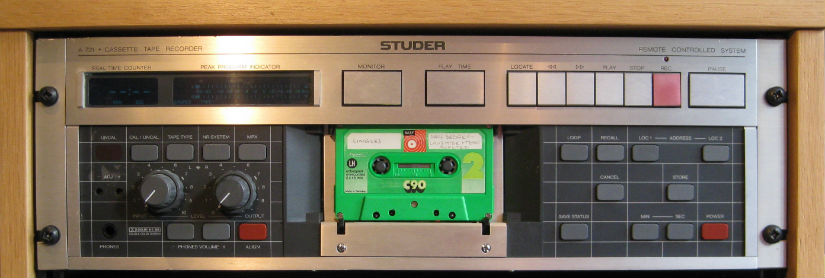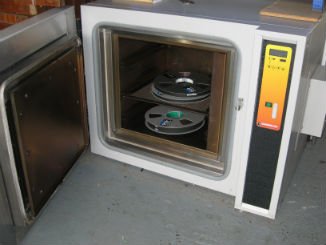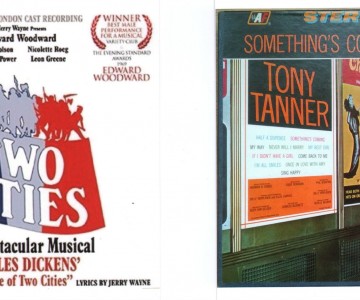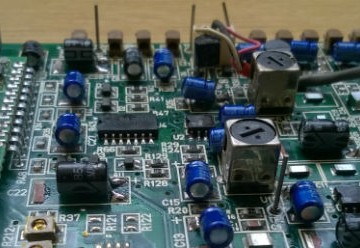01277 225316 info@audiorestored.com
Compact Cassette Transfer to CD | Audio Restored

Prices (basic cost to transcribe cassette + manual restoration as required)
| C30 & C60 cassettes to CD | £13 / side |
| C90 cassettes to CD | £15 / side |
| C100 cassettes to CD | £16 / side |
| C120 cassettes to CD | £17 / side |
| Manual restoration (if required) | £40 / hour |
| Repair of broken/damaged cassette | £12 / cassette |
| Baking of tape cassettes (if required) | £10 / cassette |
| Four-Track cassettes | £45 / cassette |
| Content deemed to be unwanted after transfer | £10 / cassette |
Audio Sample
A voice message competing with mains hum, and a touch of sibilance
Optimised to reduce hum and sibilance
Sticky Shed Syndrome (SSS) and Tape Baking
Most cassettes that are sent to us for transfer to .wav files or CD are found to be in perfectly good condition. Occasionally though, we receive cassettes which show signs of SSS – a noticeable ‘squealing’ sound as the tape is played, which is often accompanied by excessive wow and flutter and the shedding of sticky iron oxide particles on the record / playback heads and pinch roller. This is usually indicative of the cassettes having been stored in less than ideal conditions (possibly extremes of temperature /dampness etc.), where the magnetic tape absorbs moisture from the air causing the break-down of the binder used to hold the magnetic particles onto the base film.
 At Audio Restored, we use a ‘Carbolite’ laboratory oven supplied with the latest ‘type 301’ controller which is fitted with an over-temperature safety cut-out, to bake tapes suffering with SSS at a carefully controlled 55 degrees C for 10 – 24 hours. This technique drives out the moisture in a slow and controlled way, allowing us to retrieve and digitise the recorded content.
At Audio Restored, we use a ‘Carbolite’ laboratory oven supplied with the latest ‘type 301’ controller which is fitted with an over-temperature safety cut-out, to bake tapes suffering with SSS at a carefully controlled 55 degrees C for 10 – 24 hours. This technique drives out the moisture in a slow and controlled way, allowing us to retrieve and digitise the recorded content.
Be advised – never attempt to play any tapes exhibiting SSS – it may well destroy the tape and its recorded content. Contact us to discuss a solution.
- The earliest cassette tapes comprise a polyester film base coated with ferric oxide particles, and are designated IEC type I.
- Improvements in sound quality were realised with the introduction by DuPont and BASF of Chromium Dioxide (CrO2) tapes (IEC type II).
- In 1974, TDK introduced their SA (‘Super Avilyn’) range of cassette tapes, which use a cobalt-absorbed iron oxide layer.
- In 1979, 3M introduced ‘metal’ tapes (IEC type IV) which use pure metal particles rather than iron oxides. Each development resulted in a substantial improvement in the sound quality, and ensured the popularity of compact cassettes well into the 1980s, when they finally began to decline with the introduction of the Compact Disc as a digital recording medium.
Two-Track cassettes
The Audio Compact Cassette was invented in 1962 by Philips and was commercially released the following year. It is a magnetic tape recording format, which due to its small size and ease of use, very soon overtook open-reel tape as the consumer’s choice for home recording.
 Compact Cassettes were never intended as long-term audio storage devices, given the relative fragility of magnetic tape, and its susceptibility to strong magnetic fields. With this in mind, your valuable recordings deserve to be digitised now, before it is too late. They will certainly not improve with age!
Compact Cassettes were never intended as long-term audio storage devices, given the relative fragility of magnetic tape, and its susceptibility to strong magnetic fields. With this in mind, your valuable recordings deserve to be digitised now, before it is too late. They will certainly not improve with age!
Cassette to .wav file and CD transfers are performed using either industry standard Studer A721 decks or a Yamaha KX580 deck, allowing for all Dolby noise reduction options – B, C and S ensuring that ‘hiss’ (the most commonly encountered problem with tapes) is reduced/removed during the transfer to digital process. In addition, cassettes that were encoded with dbx type 1 NR are catered for using a standalone dbx 150 type 1 noise reduction unit.
Individual tracks (where appropriate) are separated to give full track skip/search functions. CD text and on-CD printing are added for convenience, and your disc is returned to you in a clear, flexible vinyl sleeve. Alternatively, digitised recordings (.wav files) can be returned on customer-supplied memory stick or external hard-drive if preferred.
Cassette tapes come in various lengths, commonly 60 mins (C60), 90 mins (C90) and 120 mins (C120), although other lengths are sometimes encountered. A C60 cassette will comfortably transfer to a single CD (max 80 mins), whilst full C90 and C120 tapes will exceed the capacity of a single CD, so will be transferred onto two CDs.
Alternative file formats (FLAC, .mp3) can also be accommodated if required.
Four-track cassettes
In 1979, Tascam released the first four-track recording unit based on the standard compact cassette. Unlike conventional stereo cassettes which carry 2 audio signals (L & R) in both directions, four-track cassettes allow four channels to be recorded simultaneously in one direction. The cassette can therefore only be played on one side, but it’s development opened up the possibilities for multi-track recording on a small, compact and portable unit. Various 4-track recorders were developed initially by Tascam and were collectively known as ‘Portastudios’. Later, Tascam brought out the 3.75 ips ‘Syncaset range, including the Tascam 134 (with Dolby B & C noise reduction) and the 234 (with dbx NR).
We use a Tascam ‘Syncaset’ 134 to transfer four-track cassettes to 4 separate .wav files, at up to 32 bit / 192 kHz, to enable downstream mixing and mastering by the client.
If dbx NR encoding was used for the original recording, a standalone dbx 150 type 1 noise reduction unit will be used for decoding.
Contact us to discuss your requirements fully.



